- AI

Artificial Intelligence

Smart Products & Services
We follow Smart Products & Services

Intelligent Business Functions & Processes
We follow Intelligent Business Functions & Processes

Robotic Process Automation
We follow Robotic Process Automation

Personalized
healthcareWe follow Personalized healthcare

Identifying at-risk patients
We follow Identifying at-risk patients

Optimized routing and scheduling
We follow Optimized routing and scheduling
- ML

Machine Learning

Predictive
AnalyticsWe follow Predictive Analytics

Service Personalization
We follow Service Personalization

NLP
We follow NLP (Natural Language Processing)

Stock Market Forecasting
We follow Stock Market Forecasting

Fraud Prevention
We follow Fraud Prevention

Recommender engines
We follow Recommender engines
- blockchain
- IOT

Internet of Things
- AR
- Business Solutions

Business Solution

Business Performance Management
We follow Business Performance Management

Decision Making & Big Data Analytics
We follow Decision Making & Big Data Analytics

Enterprise Data Management
We follow Enterprise Data Management
- Apps

Apps

Native Apps
We follow Native Apps

Cross Platform Apps
We follow Cross Platform Apps

Web Apps
We follow Web Apps

Hybrid Apps
We follow Hybrid Apps

Cloud Native Apps
We follow Cloud Native Apps
- Lab
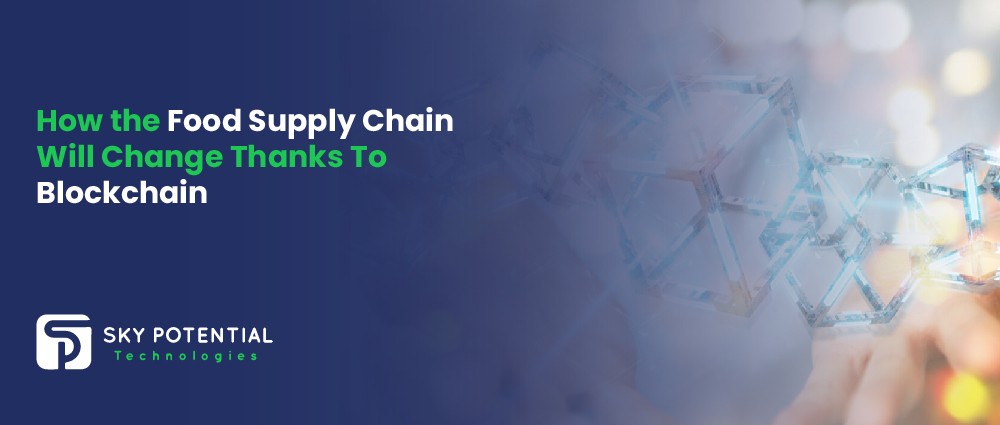
How the Food Supply Chain Will Change Thanks To Blockchain
In the present food system, urgent problems including food fraud, safety recalls, inefficient supply chains, and food traceability can be resolved using blockchain’s monitoring ownership records and tamper-resistance capabilities. We will examine these issues in more detail in this blog, as well as how blockchain app Development Company might benefit the food economy.
In 2020, it was predicted that the worldwide blockchain market for the food supply chain would be worth $128.87 million. With a CAGR of 47.1%, it is anticipated to reach $886.18 million by 2025. In order to ensure the authenticity, safety, and high quality of the food, the food industry as a whole is demanding greater openness in the food supply chain and easier tracing of food provenance.
Using Blockchain Technology
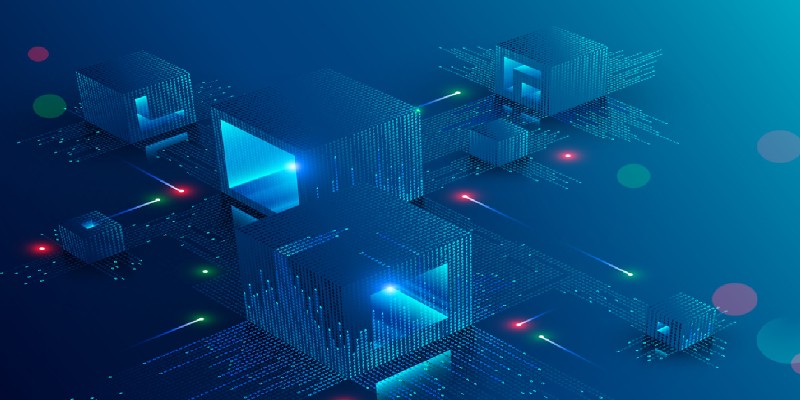
Four key areas increase the utility of blockchain technology for managing the food supply chain;
- Intelligent contracts between business partners
- Enhanced protection of product data
- Disintermediation in the food supply chain
- Increased product tracability and visibility
With the aid of BT technology, systems can be instantly checked for food fraud and product tampering, waste product can be identified and categorised within supply chains, food contamination problems can be quickly identified, assisting in quick product recalls, and transit security can be improved, thereby reducing food spoilage.
-
Traceability of Food
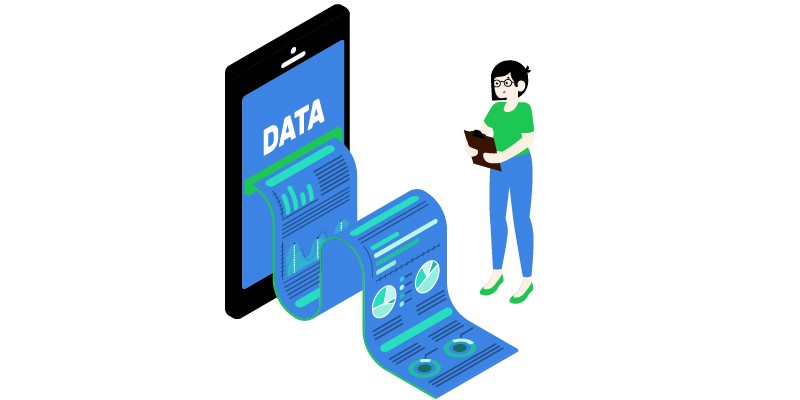
Recent talks about food safety have put food traceability at the forefront, especially in light of recent developments in blockchain applications. The perishable nature of food makes the entire food sector very prone to errors that could have a negative impact on human life. Finding the source of contamination is the first step in root-cause analysis when foodborne diseases pose a threat to the public’s health, and there is no room for error.
Traceability is therefore essential for the food supply chain. As certain parties participating in the food ecosystem are still keeping track of information on paper, the present communication framework makes traceability a time-consuming effort.
The design of the blockchain ensures that every participant in the food value chain will produce and securely share data points in order to establish a traceable and responsible system. Many data points with labels that identify who owns something can be quickly and accurately captured. As a result, it is possible to track in real-time the history of a food item’s journey from farm to table.
-
Keeping Market Access in Check
Blockchain in the food industry has applications beyond only assuring food safety. By creating a ledger in the network and balancing market pricing, it also provides value to the current market. Instead of using data from the full value chain, the traditional price mechanism for buying and selling relies on the opinions of the participating parties. Providing data access would result in a comprehensive analysis of supply and demand. Traditional commodities trading and hedging may be revolutionised by the blockchain application for trades. With the use of blockchain, confirmed transactions may be safely shared with every participant in the food supply chain, resulting in a market that is incredibly transparent.
It is challenging to integrate the technology in the food supply chain despite the numerous promising applications of the blockchain for the food industry.
Problems with Blockchain
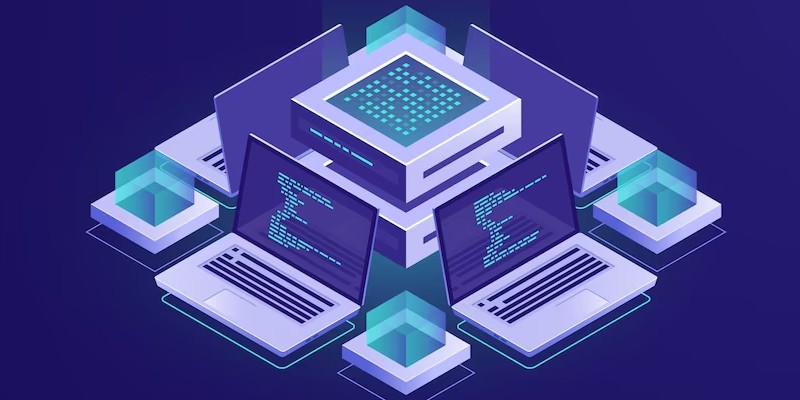
-
System Complicatedness
How to get through the food ecosystem’s complexity is the first obstacle facing entrepreneurs that enter the market. Using blockchain technology for a typical agricultural production site calls for a tailored system and efficient data entry procedures. Agricultural products come in a range of shapes, require a variety of handling techniques, storage configurations, and data collection techniques.
Several platforms and non-synchronized terminology frequently present difficulties for those trying to adjust to the food system. The food ecosystem is made up of several actors (such as wholesalers, purchasers, and distributors) as well as multiple layers of infrastructure, including terminal markets, distribution networks, and trading platforms. A lot of granular customization is needed to implement blockchain on a large scale, from farm operations to getting around the current ERP system and changing the data collecting procedure with the help of a professional blockchain app development company.
-
Transparency of Data
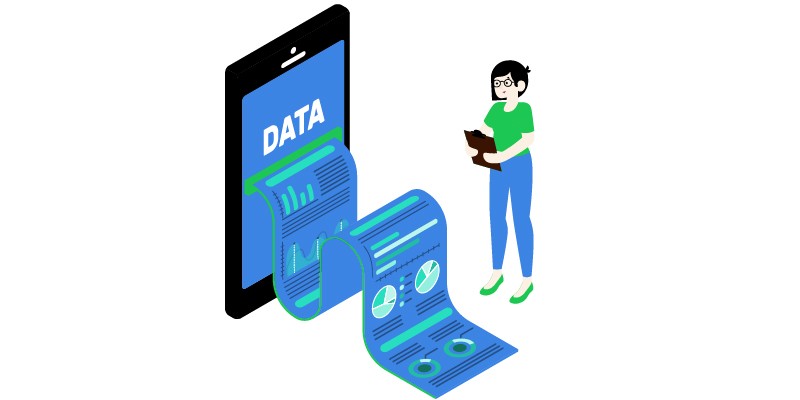
Data transparency is a worry raised by opponents of blockchain for food. On the one side, data transparency would make trading and farming activities accountable, supporting claims of greater quality, freshness, and organic products. On the other side, if something goes wrong, comprehensive information might be analysed and result in a backlash against corporations. Requesting voluntary information disclosure can be challenging, especially when the requested information is crucial and could have an impact on enterprises. If a pesticide is used in agricultural production to battle plant disease, consumers may reduce the value of the product or reject it completely. If their competitors are gaining an advantage by concealing some products or processing information, farmers may be hesitant to take part in blockchain deployment.
Another challenge with blockchain is its capacity to manage massive amounts of data, especially trading data. The least amount of attention has been given to the use of blockchain in trading, where more significant economic repercussions may occur. Secondly, major businesses are showing the most interest in using blockchain because they already have the necessary data and technical infrastructure in place to facilitate the automation of farm-level data processing. The structure and scaling must also be carefully considered because one of the limitations of the blockchain is that each transaction added to it expands the size of the database.
A more centralised system of governance or a smaller ledger should be implemented in the network (not every node may hold a complete copy of the blockchain). Large pilots are therefore required by businesses to evaluate the potential of blockchain before it is even established.
Solutions
Blockchain technology has advanced and been widely accessible over the past few years, revolutionising a variety of industries, particularly the food sector. There are several innovators in the blockchain industry. To create a completely transparent food supply chain, Bext360 combines IoT technology strategy, blockchain, machine learning, and artificial intelligence. For data sharing and progress tracking, they provide growers and various players throughout the value chain the SaaS platform.
IBM Food Trust, ChainTrade, Farm2Kitchen, Ripe.io, Arc-net, Avenues-GT, Owlchain, and TE-Food are a few other significant pioneers in the industry. By way of illustration, ChainTrade and Avenues-GT are developing a decentralised trading platform for tokenized commodities, while Arc-Net is concentrating on brand protection and validation. They are all working to solve the aforementioned problems and build the next stage of blockchain applications from various perspectives.
The Upcoming
Ultimately, commercialised incentives are what we see as being needed to overcome obstacles and worries. For many players in the food ecosystem, the early investments and commitments required for blockchain implementation are frequently hurdles. The Iot technology strategy, must either cut costs or raise prices in order to be economically viable. Even while more customers are pushing for openness and food safety, there is little incentive for industry participants to take part if the profit margins are not sufficient to cover the costs.
The recent evolution of the organic business is a fantastic case study. Both consumers and producers have come a long way in embracing the idea of organic food.
Yet, as soon as the additional price is supported by certification and is justified, food producers and companies quickly see the benefits of moving to organic.
That said, unless there is a clear monetization opportunity, pressure from the customer side is frequently insufficient to spur systemic improvements. The distinct decentralised nature of the blockchain guarantees verified practises and goods to establish a market for high-end goods with transparency. Hence, commanding a higher price would offer a financial incentive. In the meanwhile, several finance arrangements may be able to address the motivation issue. Businesses can obtain a revolving line of credit using inventory as collateral thanks to startups like Skuchain that are developing blockchain-based inventory financing models.
The ability to obtain such lending would be improved, and the cost of the supply chain would be reduced on a larger scale, by a tracking system enabled by blockchain technology. As a result, asset-based finance offers suppliers a crucial and quick financial incentive to implement blockchain.
Businesses in the Food Industry That Are Actively Embracing Blockchain Technology
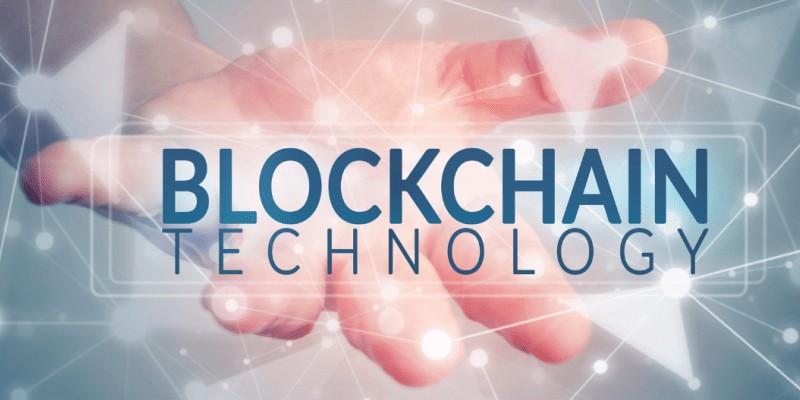
- Bumble Bee Foods makes use of BT to track its tuna operations, enhance product traceability, and stop food fraud. From catch to sale, products are tracked via the supply chain.
- Nestlé: To improve product traceability for its Rainforest Alliance-certified coffee brand, Zoégas, Nestlé uses a blockchain strategy.
- Walmart: In order to improve tech-enabled traceability and shorten the time it takes to find the source of food contamination, Walmart has been using BT to digitise its food product supply chain. All trading providers of leafy green veggies must submit data records into a system blockchain platform that can track their produce in order to do business with Walmart. They can now quickly identify the source of infected produce.
- Tyson Foods: Blockchain technology management is being used by Tyson Foods to track its supply chain from fields to its processing sites. Tyson is working with the platform FoodLogiQ on a trial project for food safety right now.
- KraftHeinz’s: Blockchain technology is being used by Kraft Heinz’s children’s food sector as well. With BT, they are attempting to build a traceability system.
Conclusion
When used in the food supply chain, blockchain enhances the traceability of data and transactions related to food, enables tracking the provenance of food in seconds rather than days, makes it easier to verify food safety and quality compliance, and increases the protection of sensitive data related to the food supply chain. Furthermore if you are looking for blockchain and custom software development company.



















































Leave a Reply